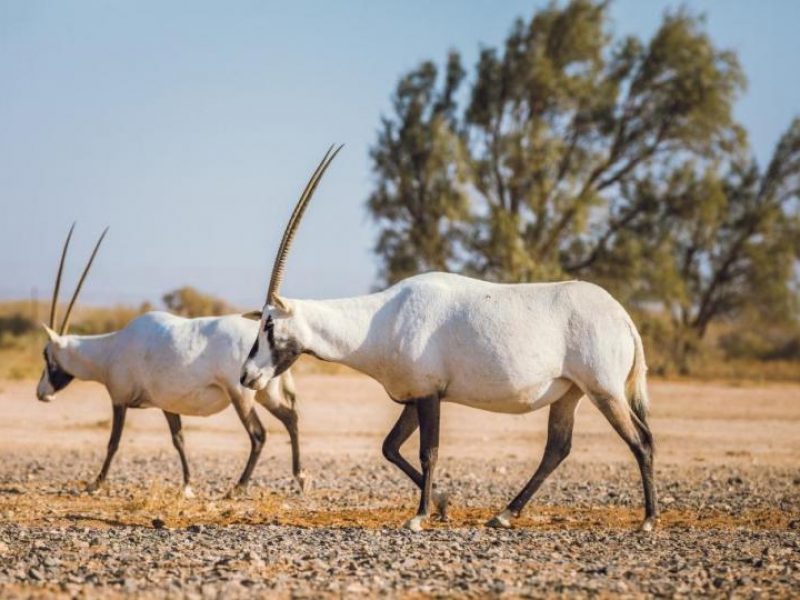Birds watching Journey 11 Days – 10 Nights
from 0 review
11 days 10 nights
Daily Tour
Unlimited
upon request
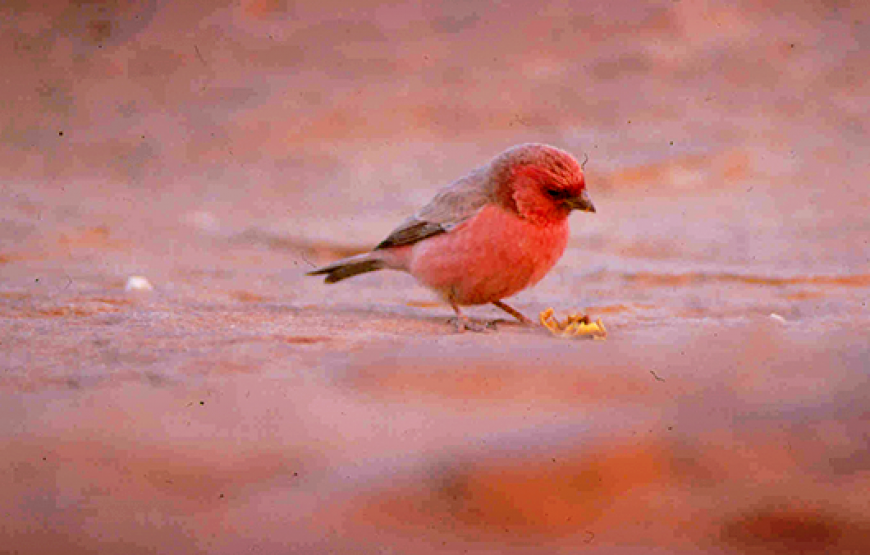
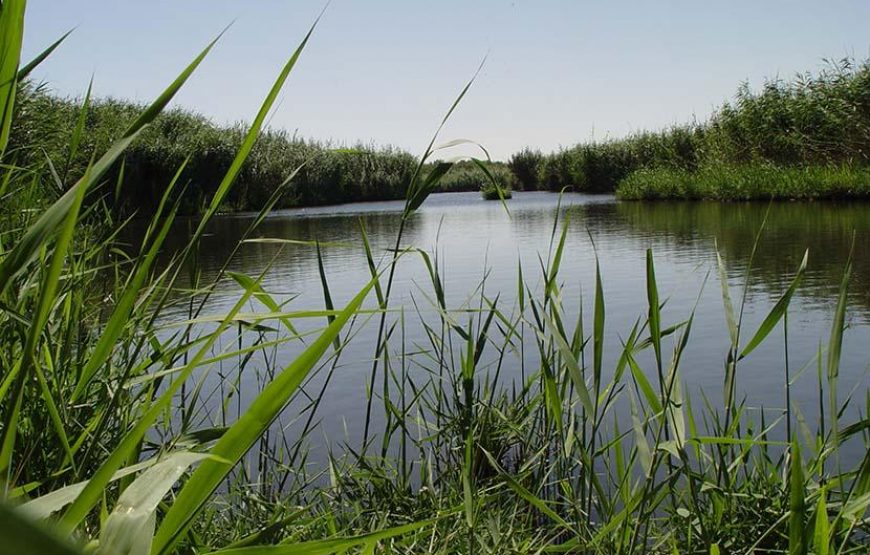
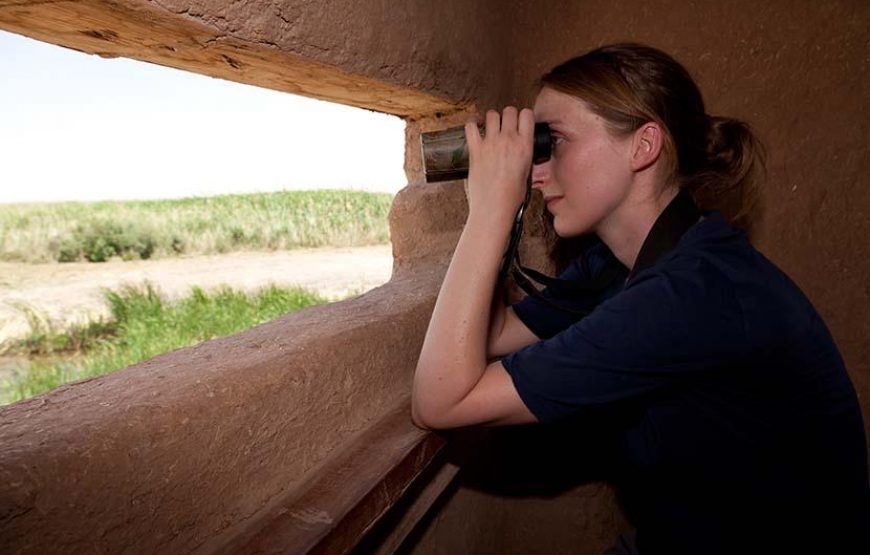
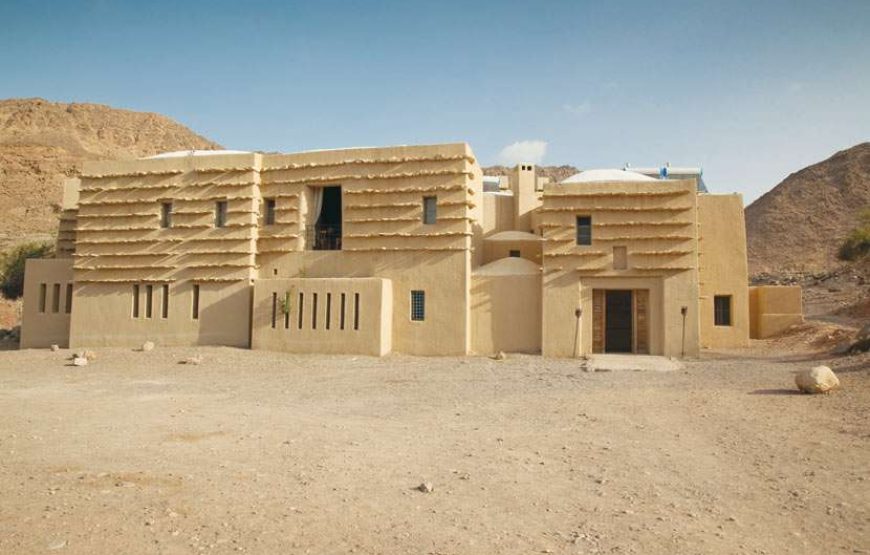
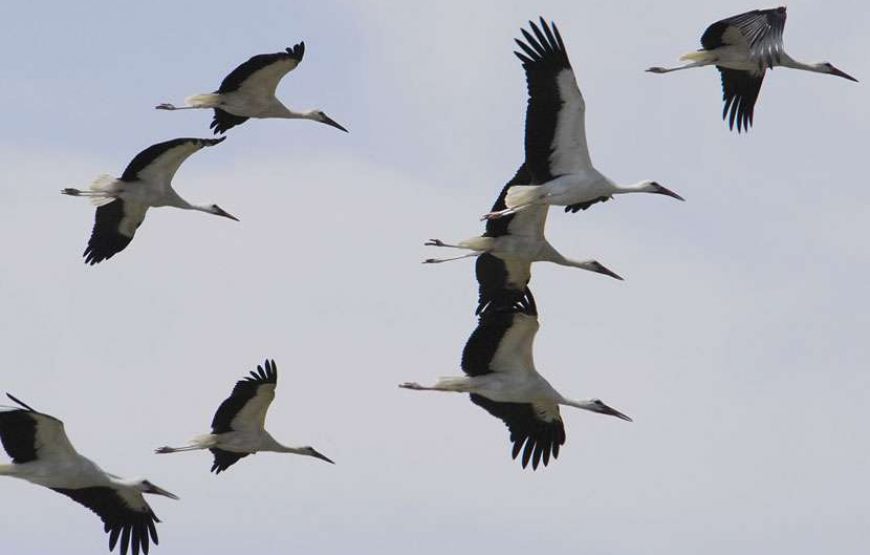
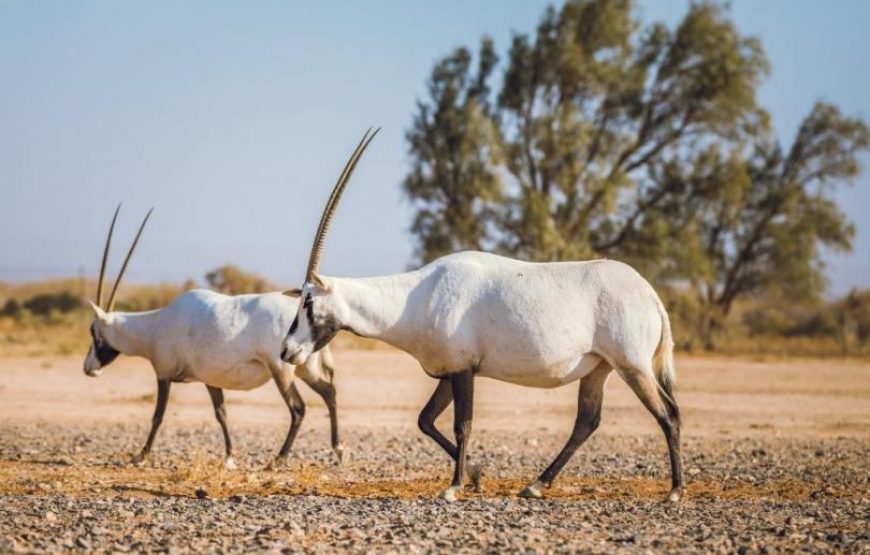
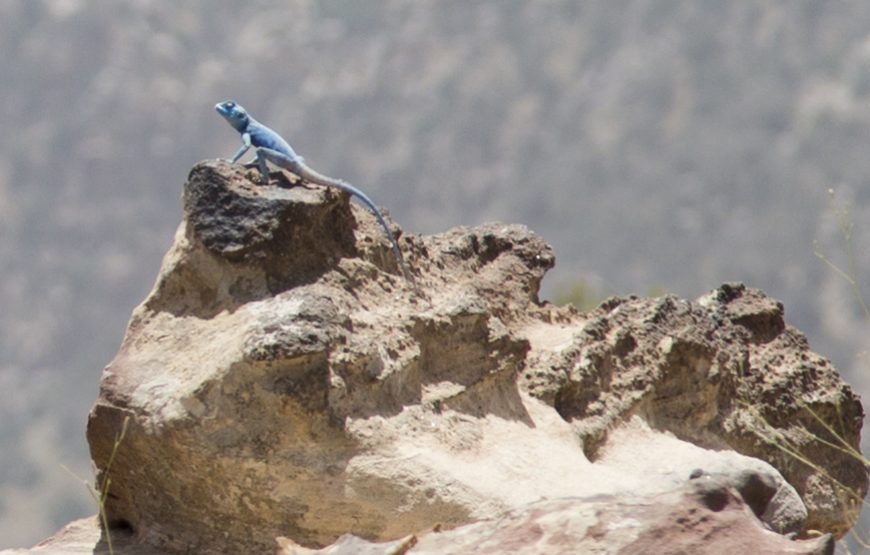
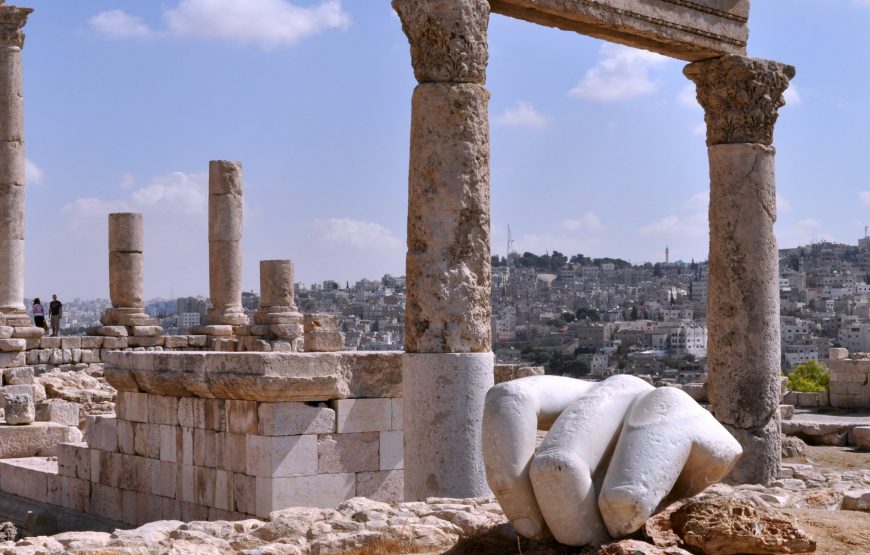
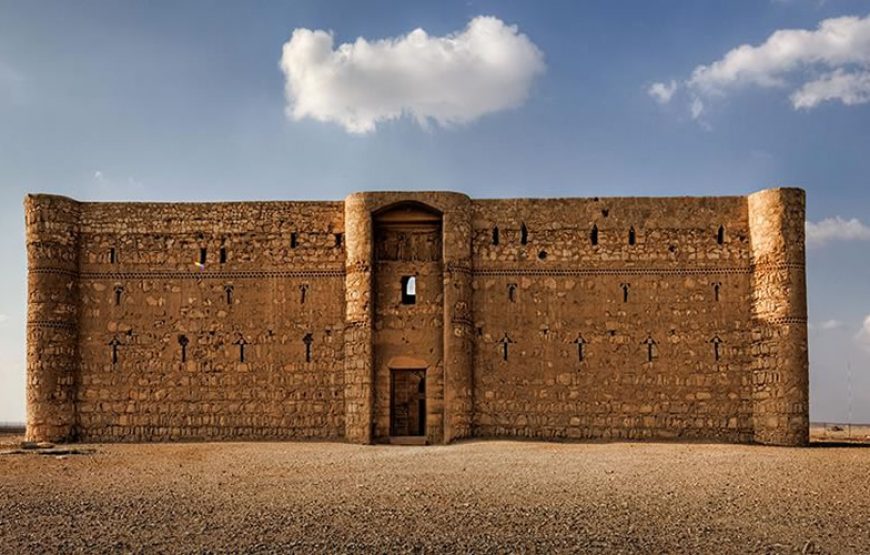
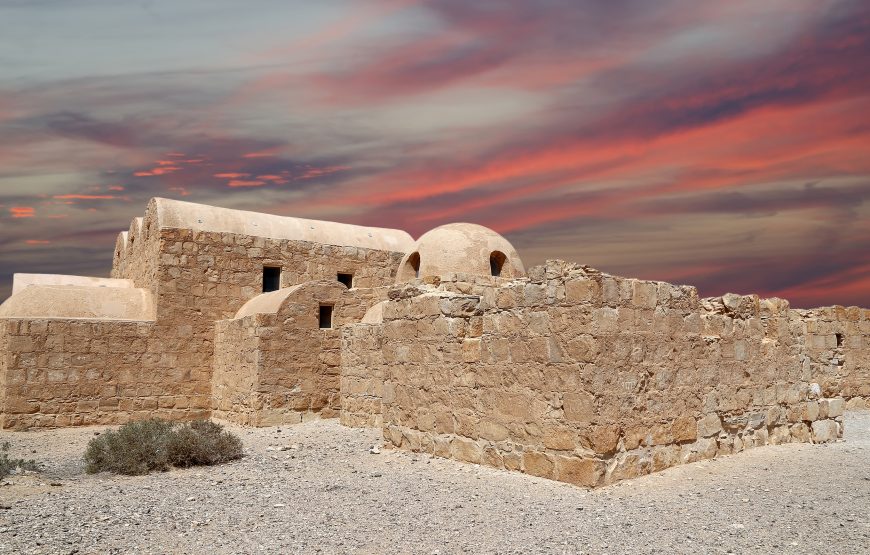
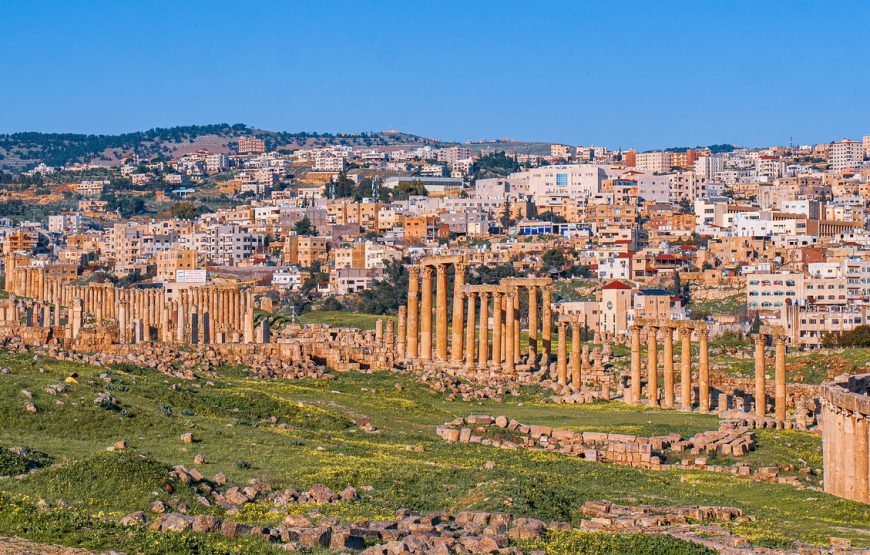
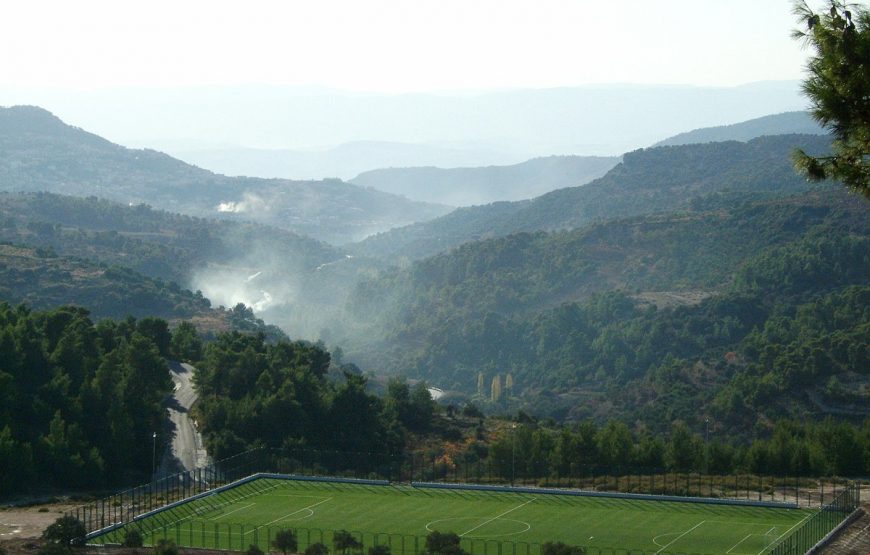
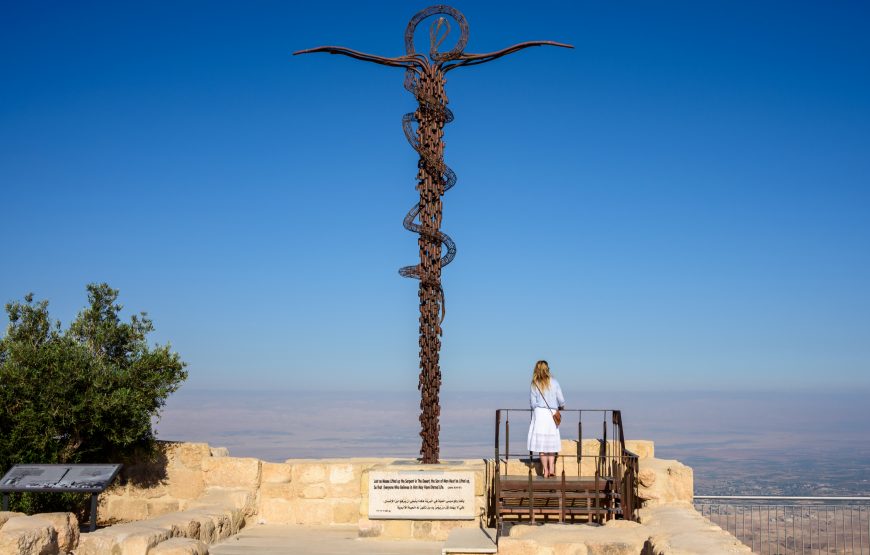
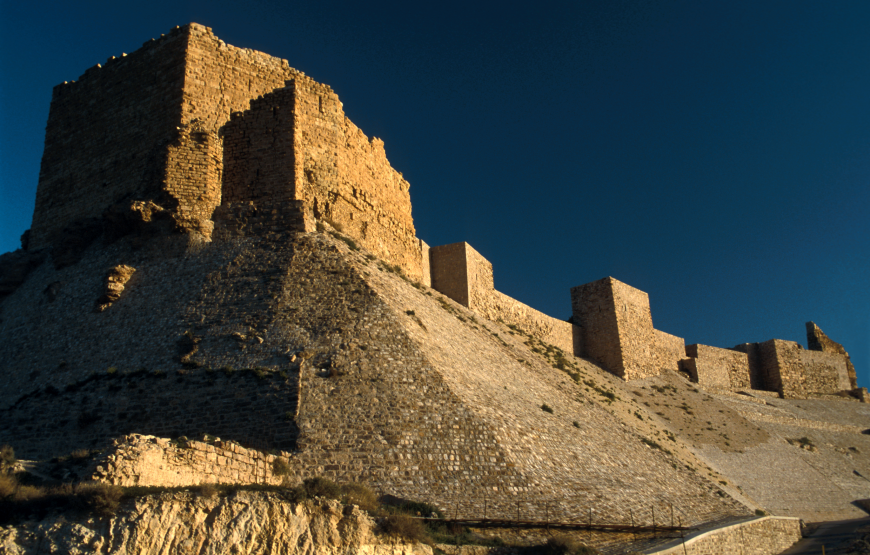
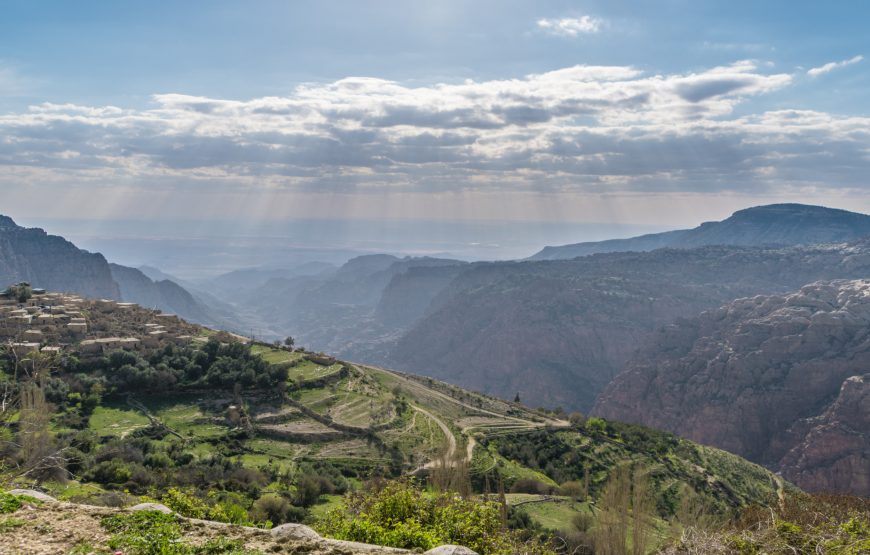
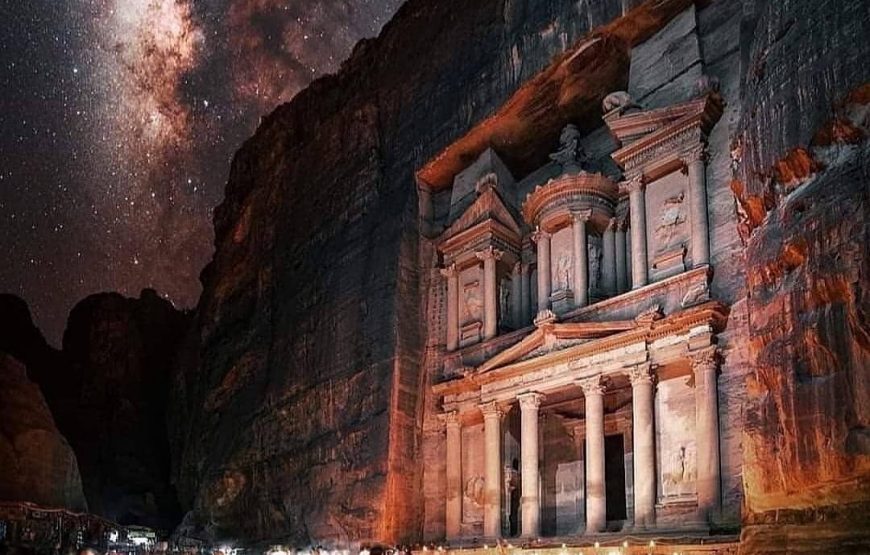
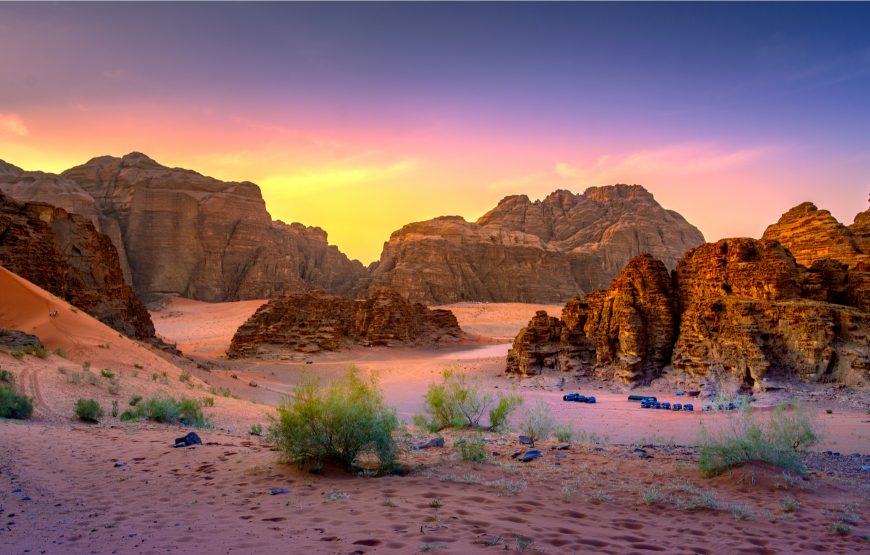
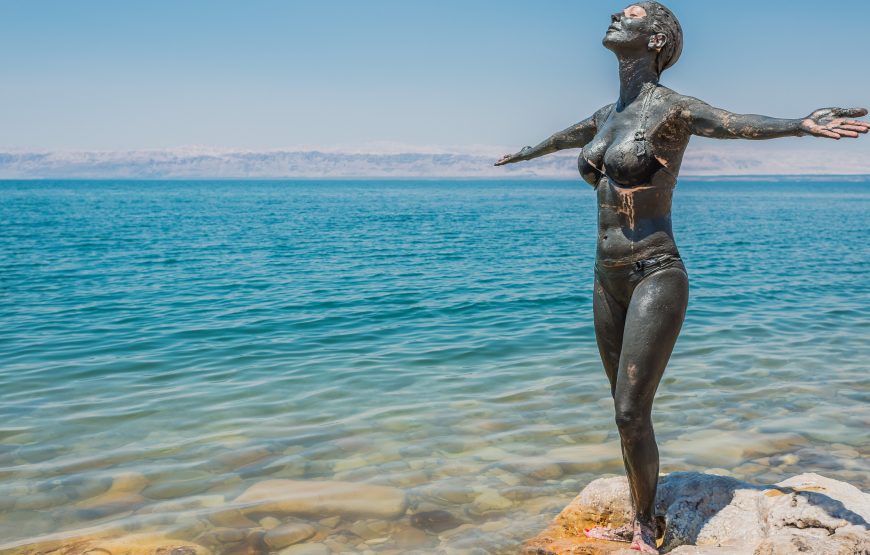
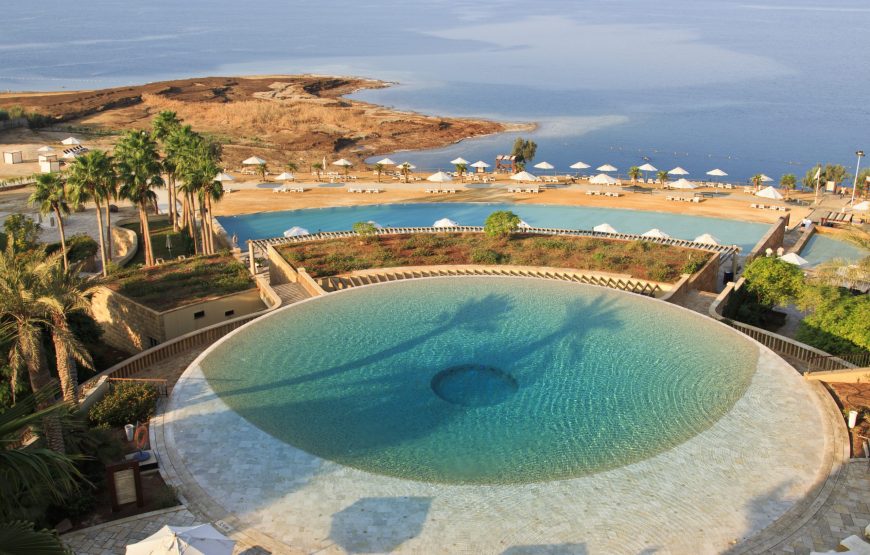
Overview
Most places in Jordan offer opportunities for bird watching and major shifts in landscape and nature occur within short distances.
Much diversity exists as you move around the country.
However, there are a number of key sites for bird watching that together host a wide cross-section of the country’s breeding and migrant birds.
We presented in this Journey, the bird watching sites (Ajloun reserve, Azraq Wetland reserve, Dana reserve, Petra, Wadi Rum & Aqaba ) are easily accessible and represent the main habitat types found in Jordan.
Birds highlighted to look out for are specialties within the sites they are listed under and are relatively easily seen.
Those listed under “Be one of the few to record” a challenge to the avid birdwatcher to spot, as they are rarer and have been reported by bird observers and anthropologists.
YOLO team wishes you to enjoy the Journey.
Highlights
- Um Qais center of Greek culture in the region during the Hellenistic and Roman period.
- Roman city of Jerash.
- Ajloun castle.
- Mt. Nebo the place where Moses was granted.
- Qa'a Al-Azraq.
- Dana biosphere reserve.
- The Nabatean Red Rose city of Petra.
- Wadi Rum, “Valley of the Moon” the marvelous Jordan Desert.
- Aqaba boasts the bird observatory where you can get up close.
- The Dead Sea is one of the most incredible places in the world.
Itinerary
Day 01: Q.A.I. Airport - Amman
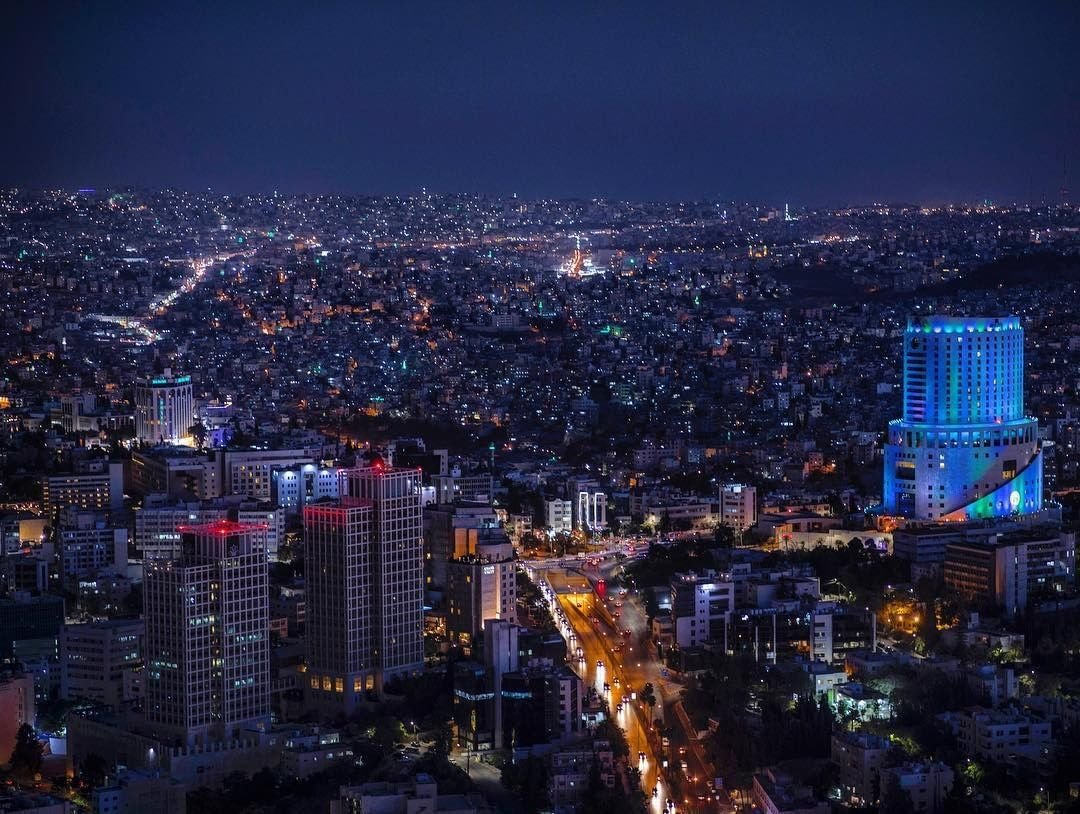
Arrival to Queen Alia International Airport.
Guests to be met by YOLO Representative with sign right on the arrival gate. Meet and Assist Services and FREE VISA will be provided. After arrival, passengers heading to the passport control, once immigration formalities is settled with the help of our Airport Representative; guests walk out to luggage hall. Our company representative or guide will meet & greet outside the customs zone escorting guests to the waiting transport that is parked outdoor and take them to Amman Hotel.
Day 02: Amman - Um Qais - Jerash - Ajloun

Today, A visit to Um Qais (also known as Umm Qais or Gadara). Explore the well-preserved ancient ruins of Um Qais, which offer a glimpse into the Greco-Roman
civilization. Marvel at the grandeur of the ancient theaters, colonnaded streets, and impressive structures, including the Decapolis Arch, which marks the entrance to the site. Enjoy breathtaking panoramic views from Um Qais, as it is perched on a hilltop overlooking the Sea of Galilee, the Golan Heights, and the Yarmouk River. Take in the scenic beauty of the surrounding landscapes and capture memorable photos. Site of the famous miracle of the Gadarene swine, Gadara was renowned in its time as a cultural centre. It was the home of several classical poets and philosophers, including Theodorus, founder of a rhetorical
school in Rome, and was once called “a new Athens” by a poet
Embark on a tour to the city of Jerash, the best-preserved example of Roman civilization in Jordan. Jerash, part of the Decapolis (the ten large Roman cities of the East) has been called the Pompeii of the East for its unique state of preservation. The city features theaters, churches, temples of Zeus and Artemis, a Nymphaeum, and colonnaded streets.
As you approach Ajloun Castle, you'll be struck by its commanding presence atop a hill. The fortress showcases an impressive blend of architectural styles, combining Ayyubid, Mamluk, and Crusader influences. The massive stone walls, imposing towers, and intricate details speak volumes about the skill and craftsmanship of its builders. Upon entering the castle, you'll find yourself in a spacious courtyard. Explore the courtyard, which was once bustling with activity, and imagine the daily life of the castle's inhabitants. Admire the grandeur of the main entrance, adorned with intricate stone carvings and decorative elements.
Ascend the castle's towers to enjoy breathtaking vistas of the surrounding landscapes. From the towers, you'll have a bird's-eye view of the castle's layout and the scenic beauty of the Ajloun region. The towers also offer a unique opportunity for photography enthusiasts to capture stunning shots. Venture into the castle's underground passages, which were used for storage, escape routes, and communication. Explore the labyrinthine tunnels and marvel at the ingenuity of their design. These passages provide a glimpse into the castle's hidden features and the challenges faced by its defenders.
boasts one of the largest Aleppo pine habitats as well as Palestinian oak, olive trees and orchids, and Ajloun a rich green landscape of evergreen oak. Indeed, only one percent of the country has woodland, and yet these areas have their own micro, Mediterranean style climates and attract birds such as Sardinian warbler, great and blue tits, Eurasian jay, greenfinch and turtle dove. Note that the Eurasian jay is actually a Middle East subspecies which is has a black cap.
Day 03: Ajloun - Mt. Nebo - Madaba (B)
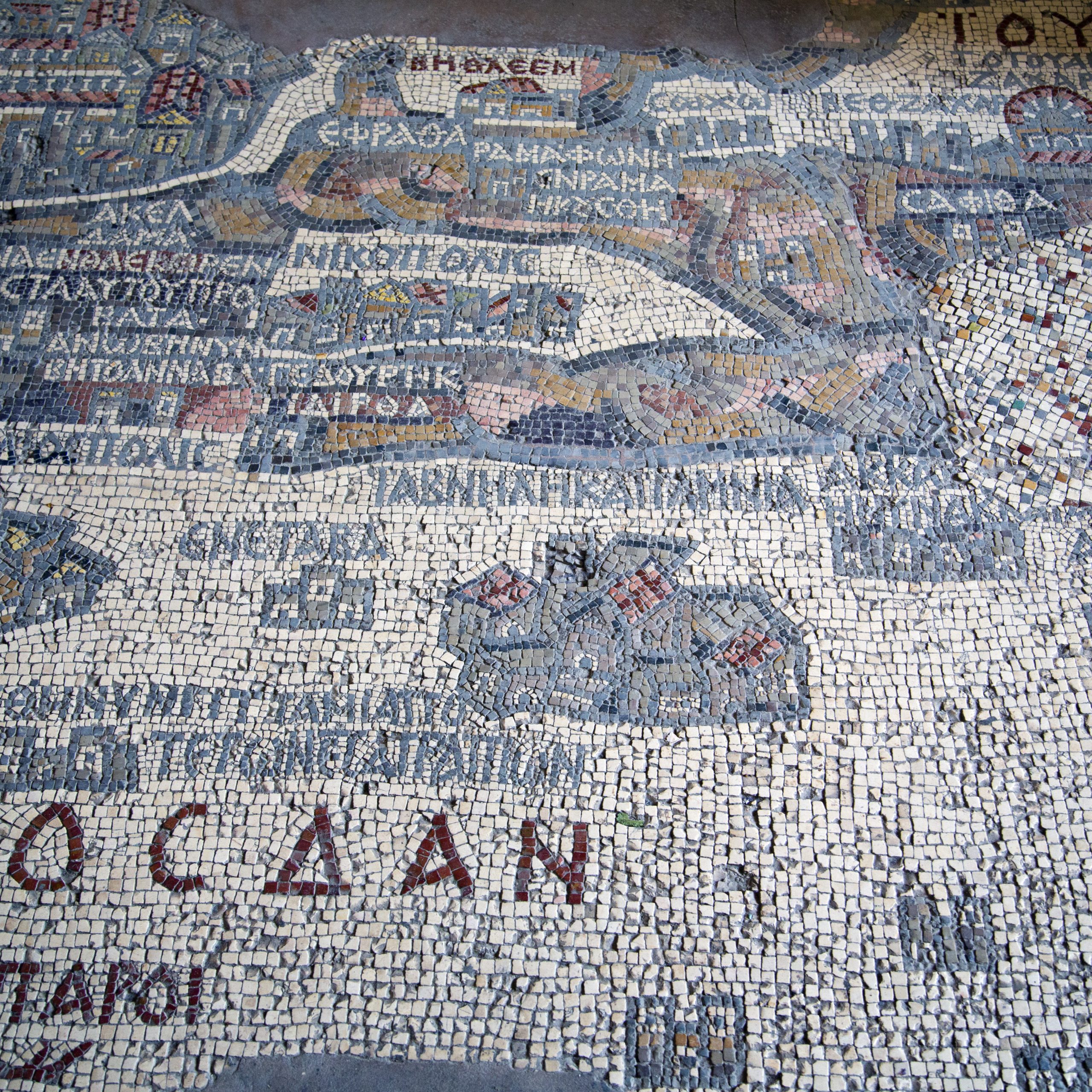
Drive to Mount Nebo, the reputed burial site of Moses, overlooking the Jordan Valley and the Dead Sea. Visit a mosaic school and workshop where you will have the opportunity to learn about these incredible crafts and to have a masterclass by one of the most experienced mosaic artists.
Day 04: Madaba - Azraq Wetland Reserve (B.D)
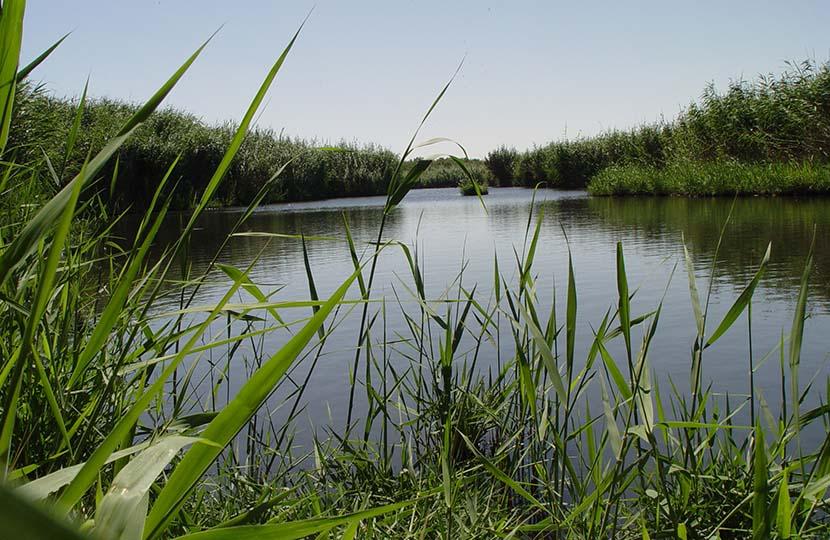
Visitors to the Azraq Wetland Reserve will be able to enjoy a walk through the various pathways to admire the various birds, including birds of prey. On the reserve, there are also several water buffaloes. There is also the ancient ruins of an old Umayyad aqueduct which is an interesting look into the history of the region. There is also a small museum on the premises which provides information on the thriving past of the Wetland and the sad future of the ever-shrinking ecosystem.
this terrain is a beacon for migratory birds seeking their own oasis mid journey during autumn and early winter. This stop is as much about reproducing as it is about refreshing, however, with mating season in full flight, so to speak. So much for an oasis of calm, with a chance to see migratory species such as the Cetti's warbler, desert finch, marsh and Montagu’s harriers and the European honey buzzard. Let’s not forget Azraq’s important residents, however, which include the rufous-tailed scrub robin, hoopoe lark and white-eared bulbul.
Day 05: Azraq - Dana Reserve
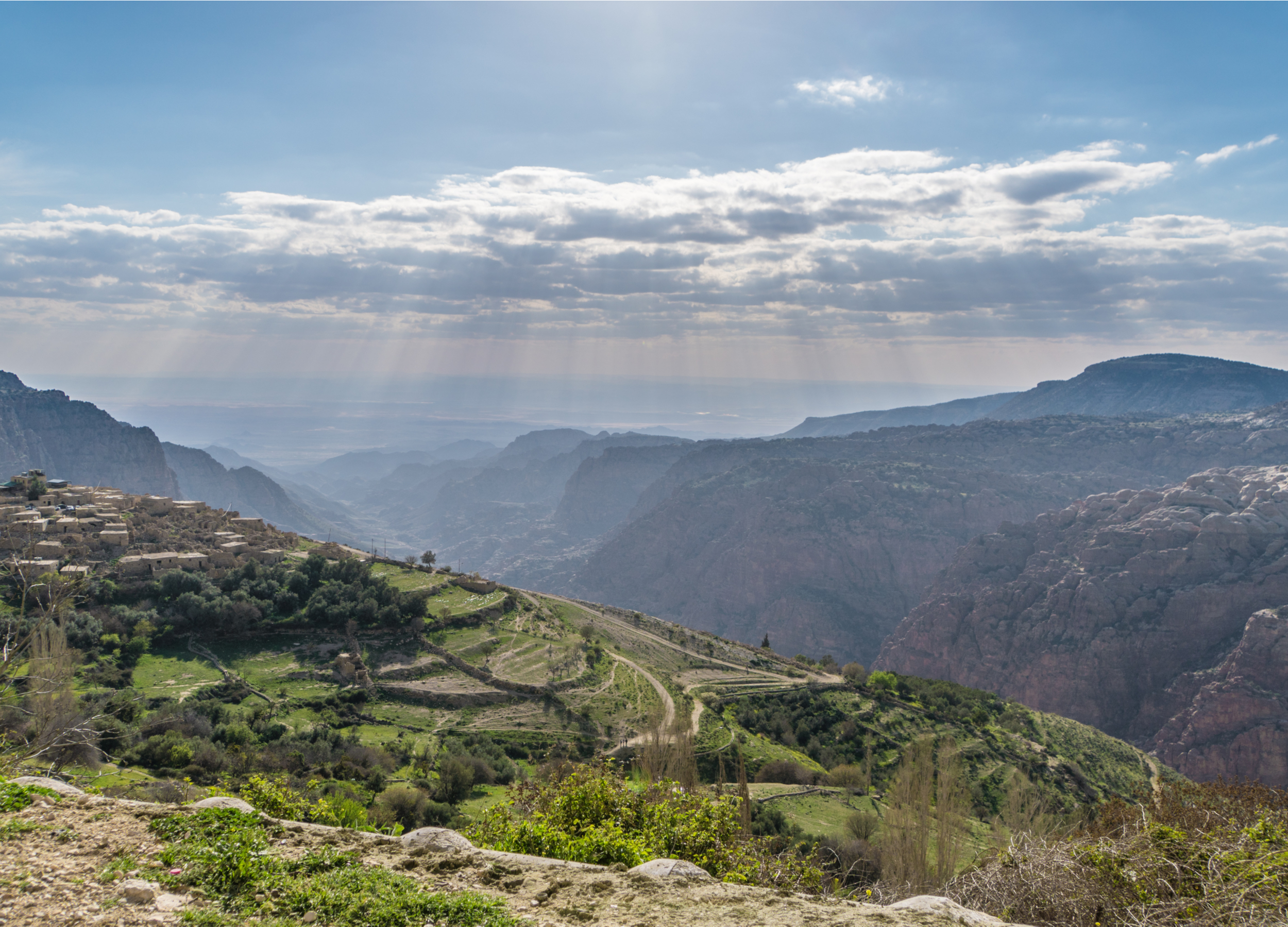
A visit to Dana Nature Reserve in Jordan offers a unique opportunity to immerse yourself in the country's natural beauty, diverse wildlife, and rich cultural heritage. Here's what you can experience during your visit to Dana Reserve:
- Visitor Center: Begin your journey at the Dana Reserve Visitor Center, where you can gather information about the reserve's flora, fauna, and hiking trails. Learn about the conservation efforts and the importance of preserving this unique ecosystem.
- Hiking Trails: Explore the breathtaking landscapes of Dana Reserve by embarking on one of the many hiking trails available. Each trail offers a different experience, from easy walks through the valley to more challenging treks along the mountain ridges. Enjoy panoramic views, colorful rock
formations, and the chance to spot wildlife along the way. - Dana Village: Visit the traditional village of Dana, located within the reserve. Take a stroll through its narrow streets, lined with charming stone houses and traditional architecture. Engage with the local community, learn about their way of life, and browse local handicrafts and souvenirs.
this region is a veritable fiesta of feathered friends, with 216 species of birds, many of which are globally threatened. That’s one big gathering, given that the country boasts 331 bird species in total. Between its mountainous plateaus that reach an elevation of 1,500m, to its low lying deserts of Wadi Dana and Wadi Araba, you will find tweeting treats such as Tristram’s starling, the Palestine sunbird and a wide variety of raptors, including Verreaux’s and Bonelli’s eagles. Come here in spring to hear the distinctive call of – and hopefully see – Hume’s owl echoing around the wadis.
Day 06: Dana - Petra
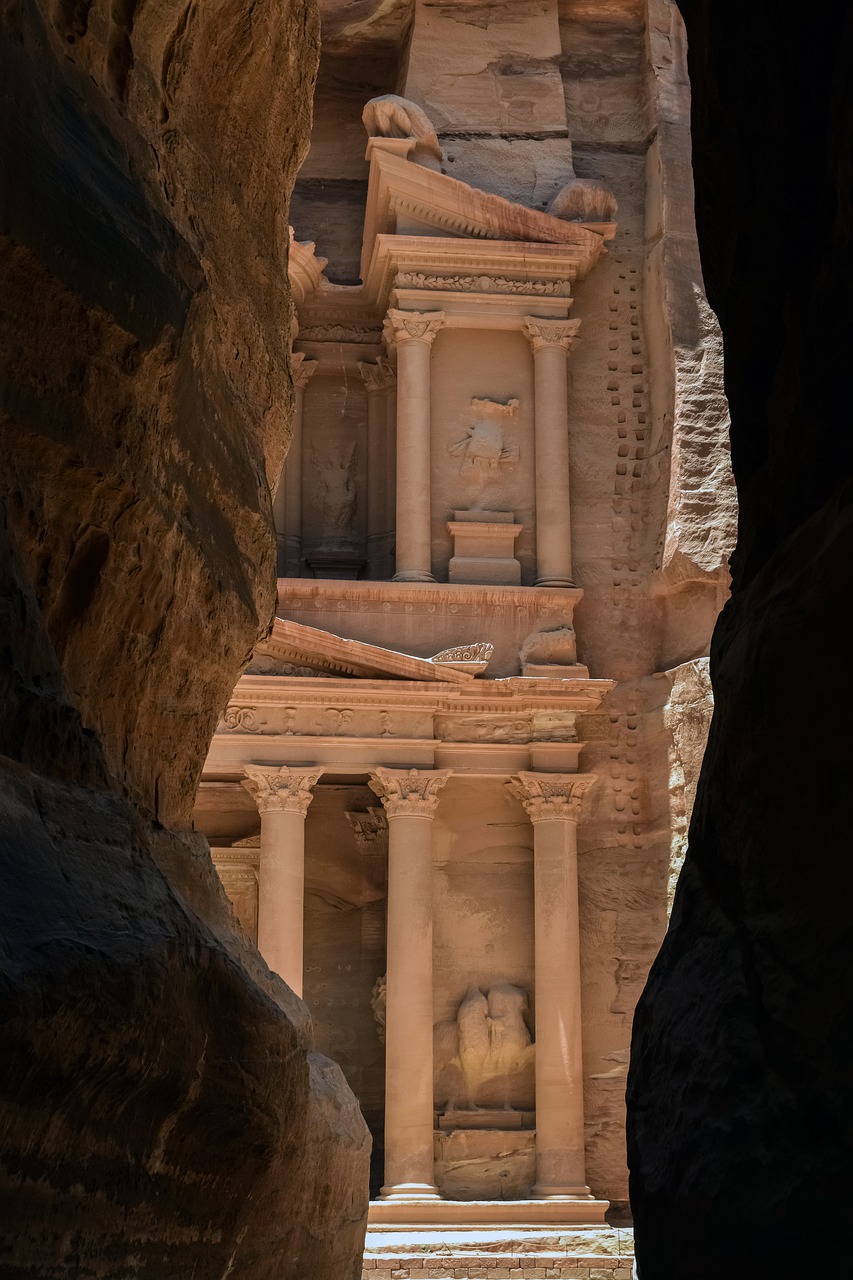
An astonishing day exploring hidden Petra! Enter the “Rose Red” city, hand sculpted from a mountain range by the Nabateans in the 3rd century BC. Begin your walk (or ride) at the imposing “Siq” a winding canyon road. At the end, you’ll gaze in total amazement at Petra’s most extraordinary monument - the
towering Treasury building rising over 140 feet. Beyond that, discover soaring temples, elaborate royal tombs, a theatre, burial chambers, and water channels – all remnants of a once great Nabatean culture.
Day 07: Petra - Wadi Rum

drive to Wadi Rum, this is a stupendous, timeless place, virtually untouched by humanity and its destructive forces. Here, it is the weather and winds that have carved the imposing, towering skyscrapers, so elegantly described by T.E. Lawrence as “vast, echoing and God-like...". Discover Wadi Rum by Jeep Safari 4x4 vehicle for two hours into the Wadi system to explore some of the best-known sites. During our tours Bedouins will share information about plants and the way they use them. For example, “Anabasis Articulate” they use for washing purposes as it can foam and clean. And dead plants are useful as firewood. And for those who would like to participate in Bedouin’s life, they can assist us in collecting firewood. They will use this wood to provide you with delicious Bedouin’s tea.
After Jeep Ride, in the middle of the desert, enjoy breathtaking sunset over Wadi Rum.
The Bedouin call it ‘Valley of the Moon’ and its razor-toothed mountains, wind-sculpted rocks and expansive plains do make it otherworldly. Wadi Rum describes southern Jordan’s entire desert, but the true, protected area makes up 720km2 and this is the part where you will get a chance to spot the Sinai rosefinch, hooded wheatear, trumpeter finch, sooty falcon and brown-necked raven.
Once you get back to the camp, for you will be waiting Traditional Campfire Bedouin Dinner (Zarb" -a selection of foods cooked in an oven with hot coals beneath the desert floor) under the stars accompanied by Arabic music.
Day 08: Wadi Rum - Aqaba
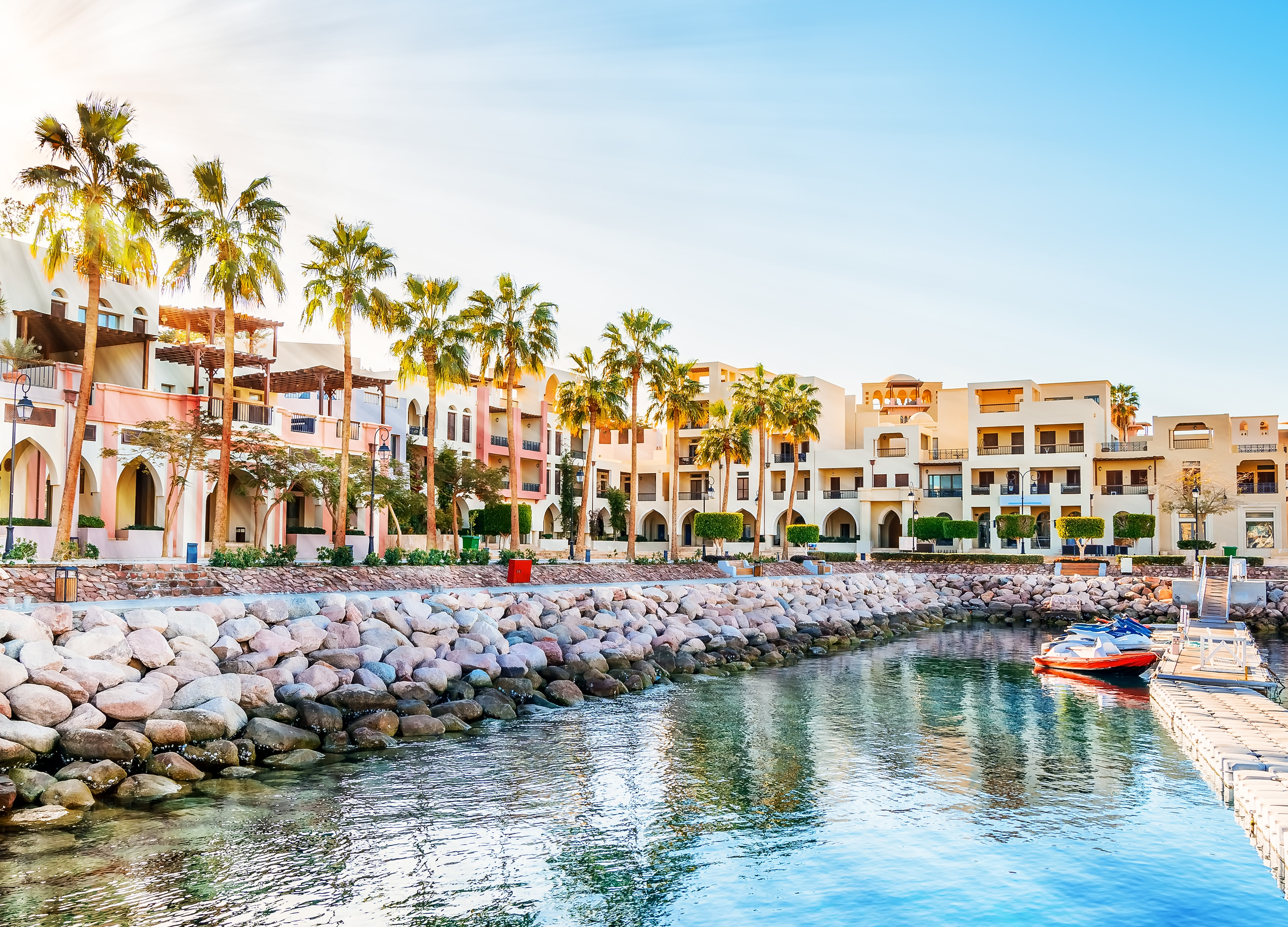
After breakfast, drive to Aqaba. Aqaba at Leisure.
After a lively day, Aqaba’s nights offer you a different taste of the city... Along with your Tour Manager you will take a walk around the city that will help you get to know better the culture and customs of the local people.
Day 09: Aqaba ( Bird observatory)
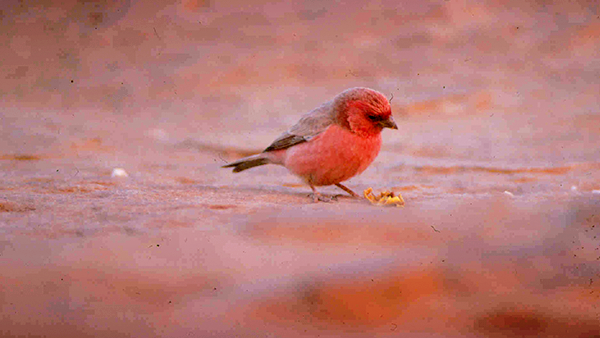
By taking a tour of the area, you will learn about a different side of Aqaba's natural wonders. Not only is Aqaba a popular tourist destination, but it also serves as a stopover point for numerous migratory birds traveling north along the Gulf of Aqaba each spring. After an exhausting flight over the sea or across the desert, an exhausted migrating bird will find the arab divers pool a welcome sight upon arrival.
You can get up close and personal with some of the 390 species of birds that live in Jordan at the bird observatory, which also serves as a stopover for migratory birds on their annual migration through the region. Because of its geographic location, it attracts large flocks of birds every migration season, including those from Europe, Asia, and Africa. It is the observatory that attracts the flocks because it contains an exceptional diversity of habitats that are critical for attracting birds, such as shallow and deep waters, herbs, trees, and green surfaces. These habitats interact with one another to form a thriving bird hub, which is especially beneficial to waders. Paying a visit to this incredible location will help you further develop your interest in bird-watching!
Day 10: Aqaba - Dead Sea
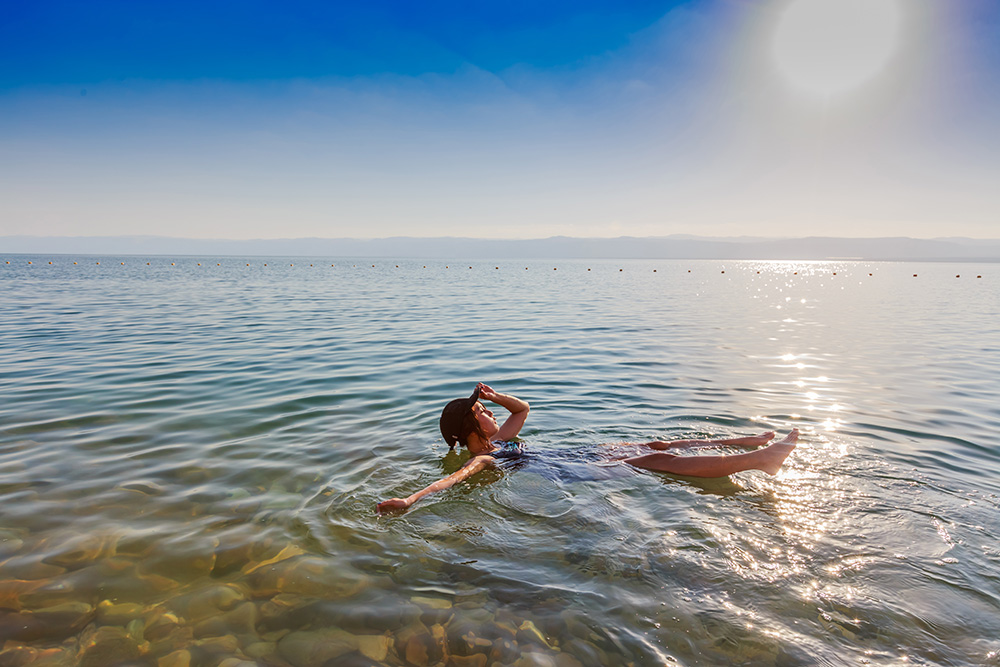
Drive toward the Dead Sea, which sits 400 meters below sea level. The Dead Sea is one of the most incredible places in the world. It is known for the Biblical story of the destruction of Sodom and Amora, which was turned into salt. has an amazingly high salt content (33%), resulting in the absence of any form of animal life and creating an almost impossible propensity to sink.
Day 11: Dead Sea - Q.A.I Airport
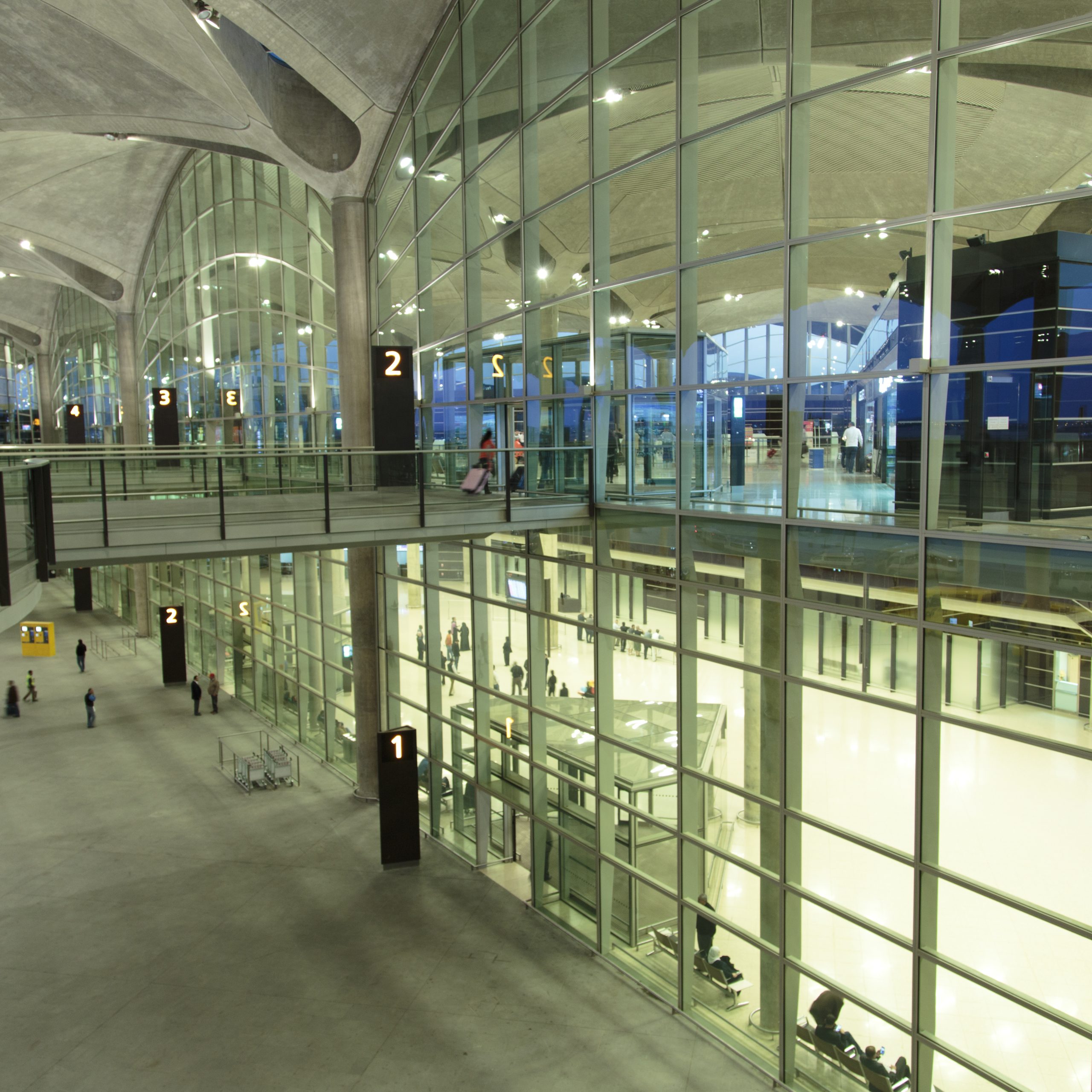
Breakfast, departure at queen alia airport.
Included/Excluded
- Meet and assist upon arrival.
- Free entry visa to Jordan for non-restricted nationalities.
- Transfers & transportation in a modern deluxe A/C vehicle with English speaking driver.
- Accommodation 10 nights in the 3 stars hotels on Bed & Breakfast basis & on Half-board basis (Breakfast & Dinner) in Azraq, Dana & Wadi Rum.
- Local English-speaking guide in Jerash &Petra.
- Entrance fees to all mentioned sites in the program.
- 2 hours jeep tour in Wadi Rum.
- Complimentary pack of general info.
- Meals& drinks unless mentioned above.
- Tips.
- Any services not mentioned in the program.

